Progressive Web Apps (PWAs) are a new type of web application that combines the best features of web and native apps to create fast, responsive, and engaging user experiences. By leveraging modern web technologies, such as service workers, web app manifests, and push notifications, PWAs offer a range of powerful features that were previously only available to native apps.
In this article, we explore the various progressive web apps features in more detail, and how they compare to traditional web and native apps. These features include instant loading times, offline functionality, push notifications, access to device features, an app-like interface, discoverability, easy installation, security, self-updates, and lightweight design. Scroll down and discover what we cover for you!
Table of Contents
Progressive web apps overview
Progressive Web Apps are web applications that use modern web technologies to deliver a user experience that’s similar to a native mobile app. PWAs can be accessed through a web browser and don’t require users to download or install anything from an app store. They are websites, but despite having no navigation bar, a bespoke loading screen, and smoother animations, they have the feel of a native mobile app.

PWAs are built using web technologies such as JavaScript, CSS, and HTML. They appear and operate like standard web pages, which means they can be located through internet browsers. However, they also provide the same functionalities as mobile apps, such as speedy performance, offline capability, push notifications, and access to the features of user devices.
Progressive Web Apps Features
Instant Loading Time
PWAs are designed to load quickly and efficiently, even in areas with slow or unreliable internet connections. This progressive web apps feature is achieved through the use of service workers, which are scripts that run in the background of the PWA and can cache key resources such as HTML, CSS, and JavaScript files. This means that when a user returns to the PWA, these resources can be loaded instantly from the cache instead of having to be fetched from the server again.
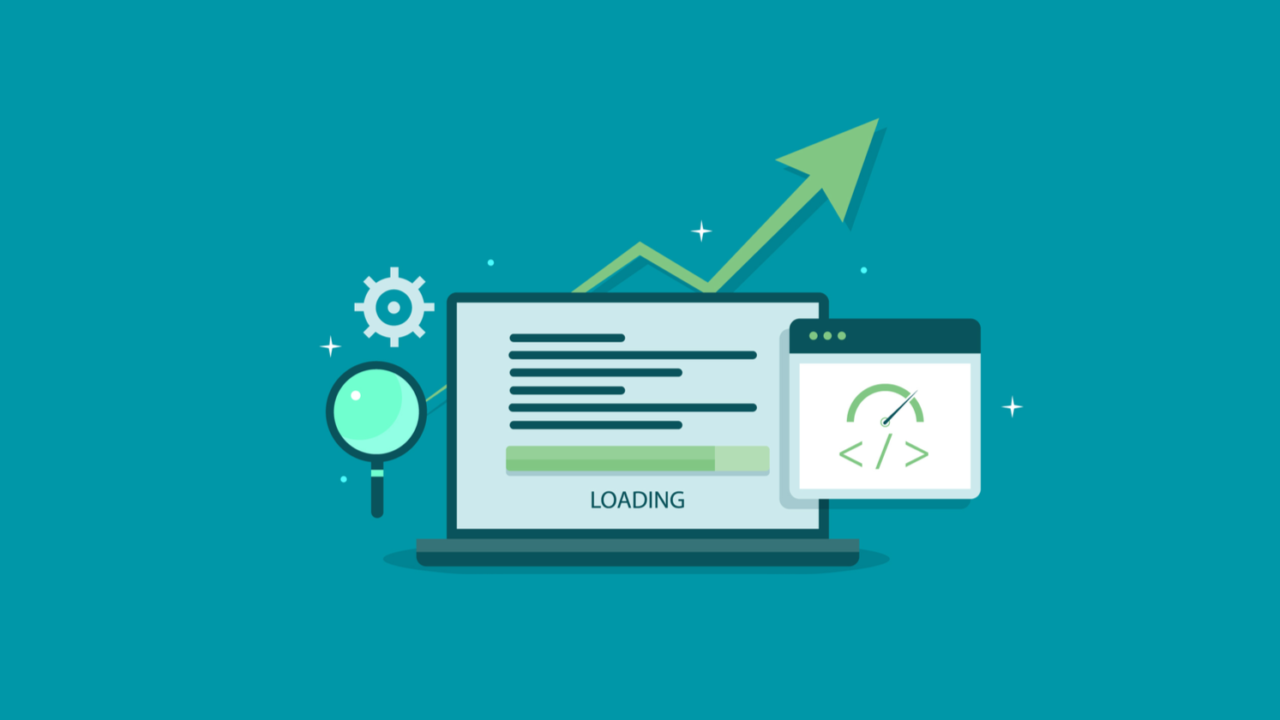
In addition to caching resources, service workers can also prefetch content, which means that the PWA can load pages or data in the background before the user even requests them. This can further improve the loading speed and performance of the PWA.
Offline functionality
PWAs are not only known for their high speed but also for their ability to operate even when the user is offline or has an unsteady or sluggish internet connection. This feature is made possible by service workers, which permits the PWA to store content offline and intelligently manage network requests to retrieve data from the local cache.
The service worker is responsible for caching the interface of a PWA, also known as the application shell, which ensures that the PWA loads instantly upon repeat visits. Dynamic content, such as a message or payment history, shopping cart, or avatars, is refreshed each time the connection is restored. These mechanisms enable good PWA performance and a better user experience. For instance, a messaging app user will not notice a difference between the online and offline modes regarding the interface. It will still work, and the message history will be available. However, messaging necessitates a connection.
Push notifications
PWAs provide functionality for push notifications in order to keep current users engaged and re-engage users who have visited the store but left with their cart partially checked out.

PWAs use web push notifications, which are similar to the push notifications used in mobile apps, and allow PWAs to send messages to users, even when the PWA is not open in a browser window. These notifications can be customized to include images, text, and links, and can be sent to users based on their behavior or preferences.
One key advantage of web push notifications in PWAs is that users can opt in or opt out of receiving them. This gives users more control over the notifications they receive and ensures that they are not bombarded with unwanted messages.
Access to device features
Another important feature of PWAs is their ability to access device features, such as cameras, microphones, and GPS. PWAs use Web APIs such as the MediaStream API, the Geolocation API, and the DeviceOrientation API to access device features and provide a seamless user experience.
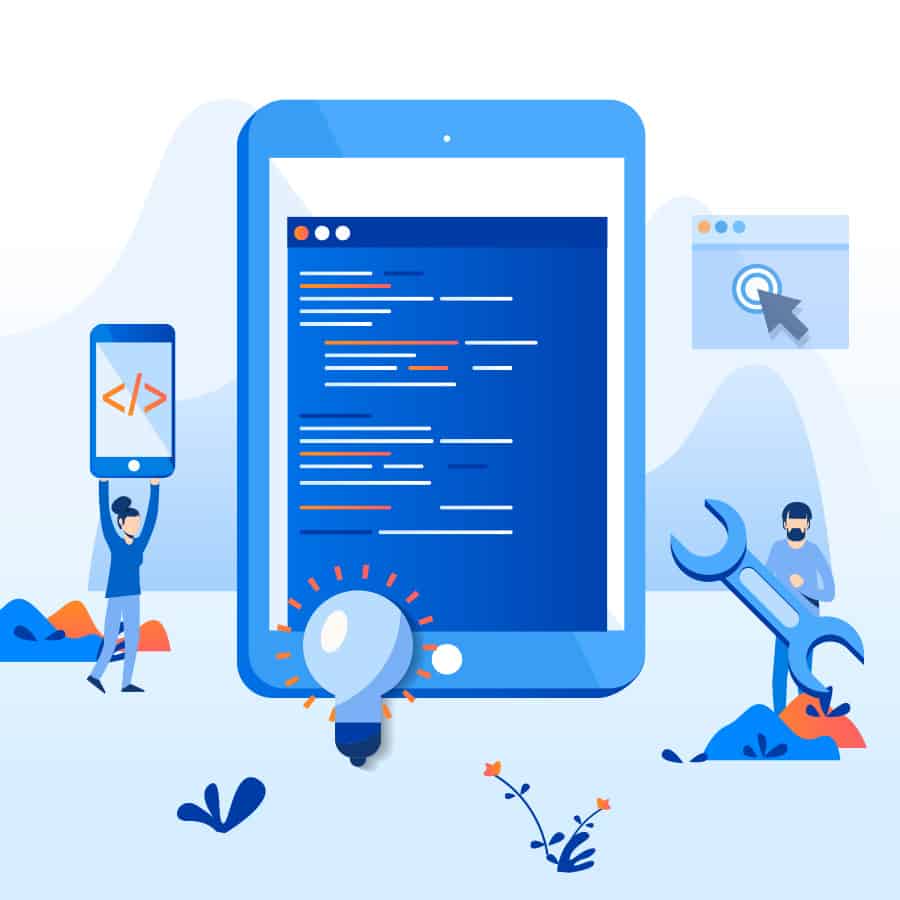
For instance, a PWA for a camera app can access the user’s camera and offer features such as real-time filters, image recognition, and video recording. A PWA for a fitness app can access the user’s GPS and provide personalized workout recommendations based on their location.
This is one of the progressive web apps features and is important because it allows them to offer similar functionality to native apps, without requiring users to download and install them. Therefore, you can increase user engagement and satisfaction, and ultimately benefit businesses and organizations that rely on web applications.
App-like interface
Finding a way to combine the best experience — one that is app-like — with the open nature of the web is the primary concept underlying PWAs. PWAs use web technologies such as HTML, CSS, and JavaScript to create an interface that is similar to that of a native app.
The app-like interface of PWAs includes features such as full-screen mode, swipe gestures, and home-screen shortcuts. This allows PWAs to provide a more immersive and interactive experience for users, similar to that of a native app.

For instance, when users add a PWA to their home screen, it appears as a separate icon and can be launched like a native app. When users launch the PWA, it opens in full-screen mode, without any browser navigation or URL bar, making it look and feel like a native app.
Discoverability and easy installation
PWAs can be easily discovered and installed by users, similar to native apps, which can increase user engagement and usage.
More specifically, it can be discovered through search engines, social media, or even by scanning a QR code. When users access a PWA through a URL, they are prompted to add it to their home screen, making it easily accessible with a single tap.
This installation process is seamless and does not require users to download or install anything from an app store. This makes PWAs a convenient option for users who want to access web applications quickly and easily.
Additionally, PWAs can be easily shared by users, which can help to increase their reach and visibility. Users can share PWAs via messaging apps, email, or social media, making it easy for others to discover and access the app.
Security
One of the outstanding progressive web apps features is security. PWAs are designed with security in mind, and they use several features and technologies to ensure the security of user data and the app itself.
One of the primary security features of PWAs is the use of HTTPS which ensures that all data transmitted between the user’s device and the server is encrypted and secure. This protects against man-in-the-middle attacks and other security threats.

Additionally, PWAs use a secure origin model, which restricts access to sensitive APIs and resources to only those pages that originate from the same domain. This helps to prevent cross-site scripting attacks and other security vulnerabilities.
PWAs also use service workers, which run in a separate thread from the main page, and have limited access to user data. This helps to prevent unauthorized access to sensitive user information and resources.
Finally, PWAs are subject to the same security policies and standards as traditional web applications. This includes measures such as Content Security Policy (CSP), which helps to prevent cross-site scripting attacks, and strict cookie policies, which help to prevent cookie-based attacks.
Self-updates
Self-updates are one of the outstanding features of progressive web apps that can benefit both users and developers. PWAs can be configured to update themselves automatically, which can ensure that users are always using the latest version of the app, with the latest features and security updates.
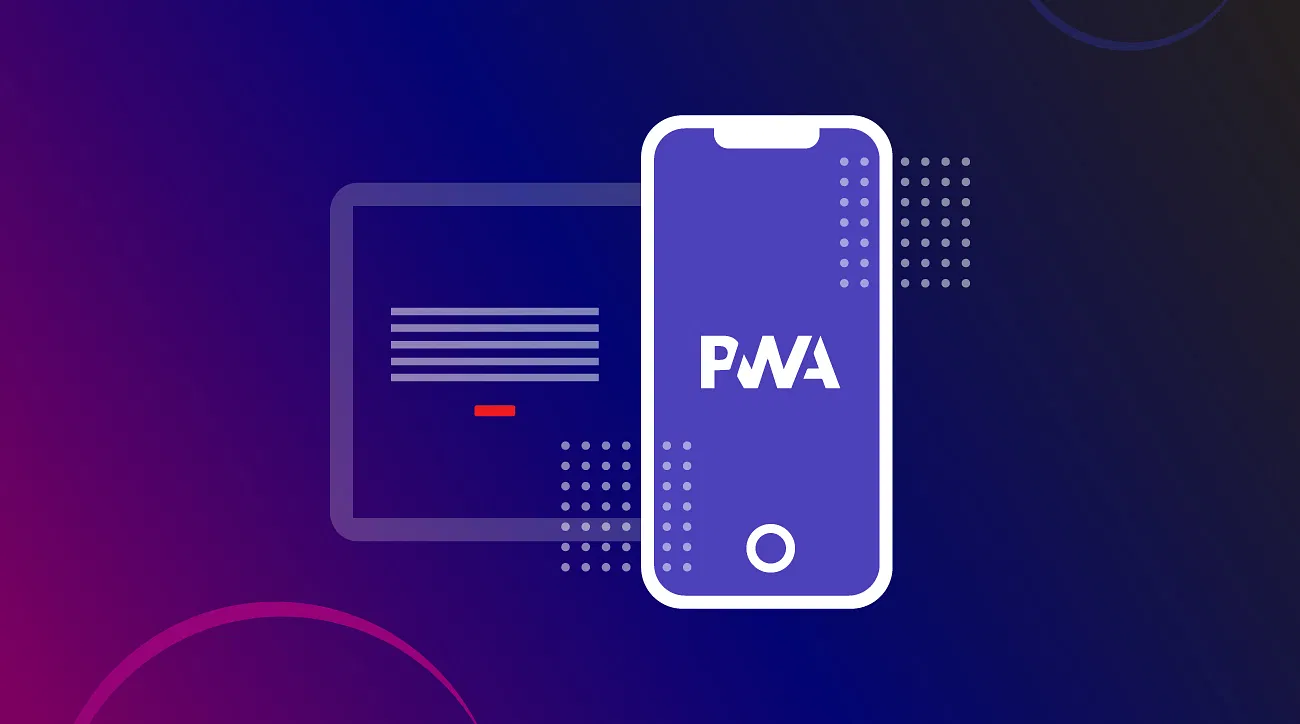
When a PWA updates itself, users are notified that a new version is available, and they can choose to update it or continue using the current version. The automatic update process is seamless and does not require any intervention from the user.
For developers, self-updates can help to ensure that all users are using the same version of the app, which can simplify support and maintenance. Developers can also use self-updates to quickly deploy bug fixes and security updates, without needing to wait for users to manually download and install updates.
Lightweight
PWAs aim to offer an excellent user experience, particularly for mobile device users. Despite having many impressive capabilities, they are also incredibly lightweight and can function seamlessly, even on networks with low bandwidth.
PWAs achieve this lightweight design in several ways. First, they are built using standard web technologies like HTML, CSS, and JavaScript, which are optimized for efficient performance and minimal resource usage. This means that PWAs can run smoothly even on low-end devices and slow internet connections.
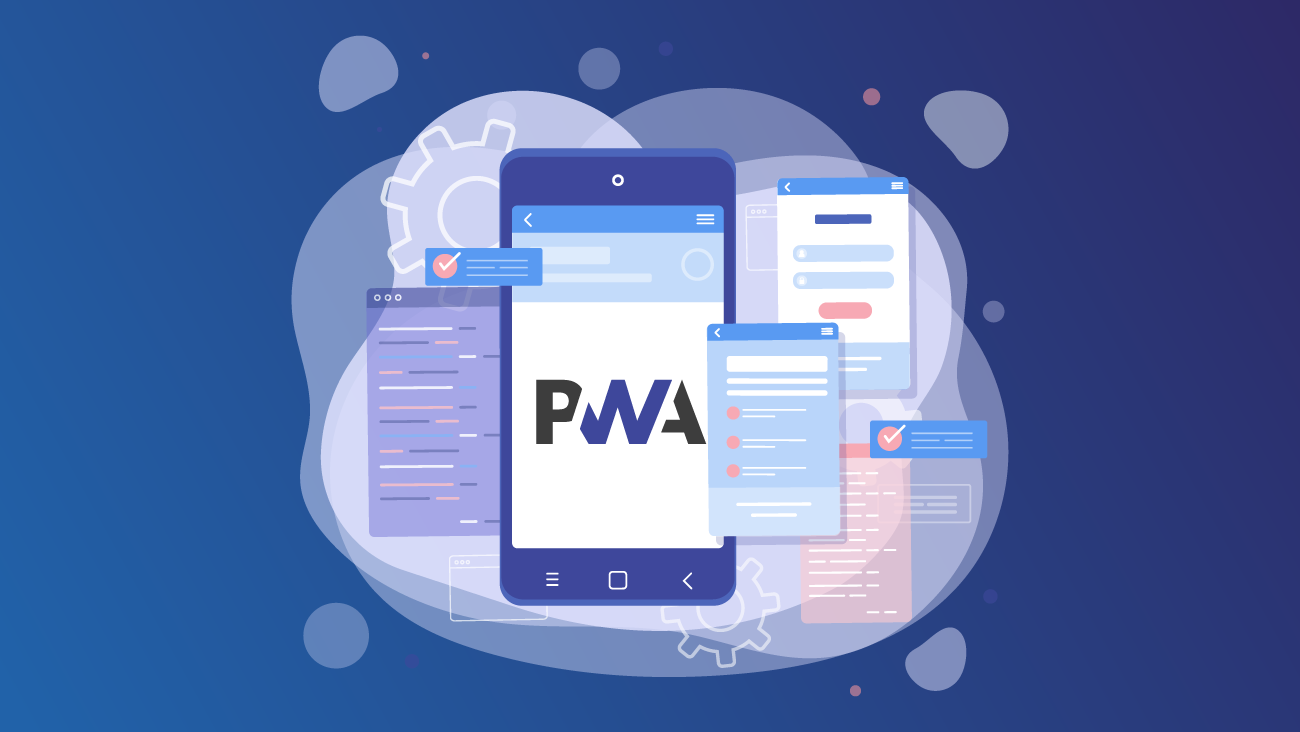
Second, PWAs are designed to be modular, with a modular architecture that allows for the loading and execution of only the necessary components, reducing the overall size of the app. This can result in faster loading times and a smoother user experience.
Finally, PWAs can also take advantage of advanced optimization techniques like caching, preloading, and lazy loading to further reduce the amount of data that needs to be downloaded and processed by the user’s device.
Feature comparison: native apps vs progressive web apps
When it comes to comparing the features of native apps vs progressive web apps, both have their own strengths and weaknesses.
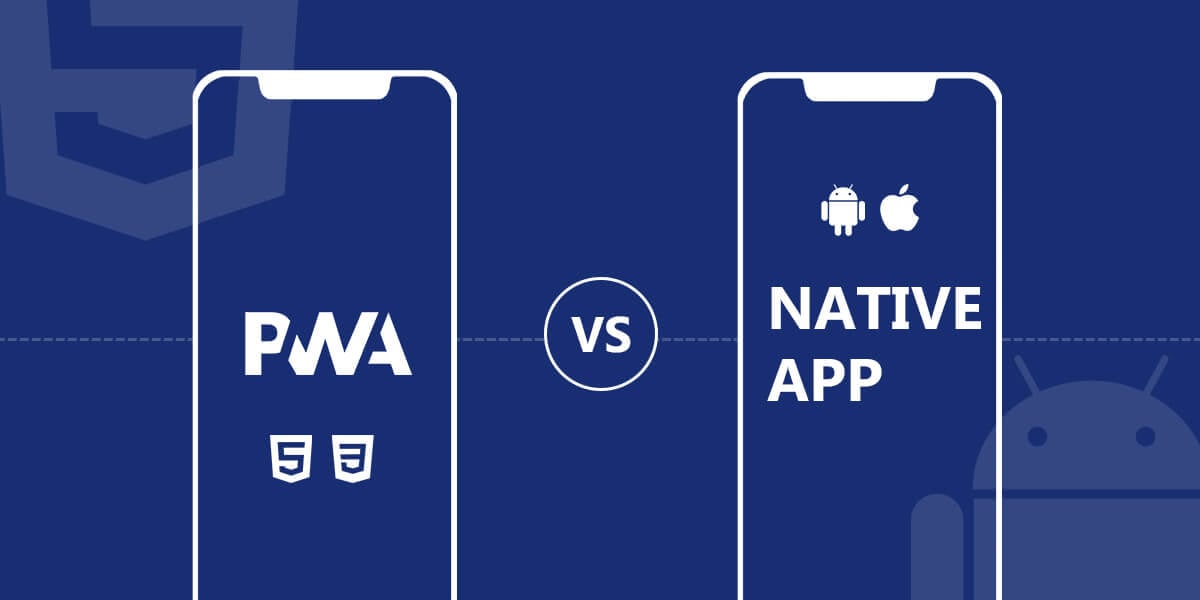
Here are some key factors that can impact the feature of each and how they compare:
- Installation: Native apps are typically downloaded and installed from app stores, while PWAs are accessed through web browsers and can be installed on a device’s home screen with just a few clicks. This can make PWAs more convenient and faster to install, which can enhance the overall user experience.
- Accessibility: Native apps are often built for specific platforms and devices, such as iOS or Android, which can limit their accessibility. In contrast, PWAs can be accessed from any device with a web browser and an internet connection. This can make PWAs more accessible to users who may not have access to native apps on their preferred devices.
- User Interface (UI): Native apps are designed to provide a consistent and optimized UI for a specific platform and device, which can provide a polished and engaging experience for users. However, PWAs can also offer a seamless and engaging UI that can be accessed from any device, with features like offline access and push notifications that can provide a more immersive experience for users.
- Performance: Native apps are typically faster and more responsive than PWAs, especially for complex and resource-intensive tasks. This is because they can take full advantage of the hardware and software capabilities of the device. However, PWAs can also be fast and responsive, especially for simpler tasks, and they can also be optimized for performance using techniques like caching and preloading.
- Discoverability: Native apps are often discovered through app stores, while PWAs can be discovered through web searches, social media, and other channels. This can make PWAs more accessible to users who may not be aware of a particular app or who may not want to go through the process of downloading and installing a native app.
- Development time: Native apps require separate development efforts for each platform (e.g. iOS, Android), which can make the development process more time-consuming and complex. In contrast, PWAs can be developed using standard web technologies like HTML, CSS, and JavaScript, which can save development time and resources.
- Updates: Native apps often require manual updates through app stores, which can be time-consuming and disruptive to users. In contrast, PWAs can be updated automatically in the background, providing a seamless and hassle-free update experience for users.
- Maintenance: Native apps require ongoing maintenance and support for each platform, which can be resource-intensive and costly over time. In contrast, PWAs can be maintained and updated using standard web development tools and techniques, which can be more cost-effective and streamlined.
The features of PWAs and native apps can vary depending on the specific app and user needs. While native apps may have some advantages in terms of performance and platform-specific optimization, PWAs can offer a more accessible and streamlined experience that can be accessed from any device with a web browser.
Features | Progressive Web Apps | Native Apps |
Installation | Accessed through web browsers & can be installed on a device's home screen | Downloaded and installed from app stores |
Accessibility | More accessible to users | Limit accessibility |
User Interface (UI) | Offer engaging UI that can be accessed from any device | Provide a consistent and optimized UI for a specific platform and device |
Performance | Fast and responsive for simpler tasks | Faster and more responsive for complex and resource-intensive tasks |
Discoverability | Discovered through web searches, social media, and other channels | Discovered through app stores |
Development time | Save development time and resources | Time-consuming and complex |
Updates | Updated automatically | Require manual updates |
Maintenance | Maintained and updated using standard web development tools and techniques | Require ongoing maintenance and support for each platform |
In conclusion,
PWAs are a new breed of web applications that combine the best features of web and native apps. They offer a wide range of powerful features, including instant loading times, offline functionality, push notifications, access to device features, app-like interface, discoverability, easy installation, security, self-updates, and lightweight design.
These features make PWAs an excellent choice for developers who want to create fast, responsive, and engaging web applications that can match the performance and capabilities of native apps. Moreover, PWAs can provide a seamless and user-friendly experience across different platforms and devices, making them a valuable tool for businesses and organizations that want to reach and engage with their audiences effectively.
Overall, the emergence of PWAs is an exciting development for the web development community, as they represent a new way of thinking about web applications and offer a promising alternative to traditional web and native apps. With their innovative features and many benefits, PWAs are set to revolutionize the way we build and interact with web applications in the years to come. If you still have more questions regarding PWA, our expert team is always more than ready to help.











